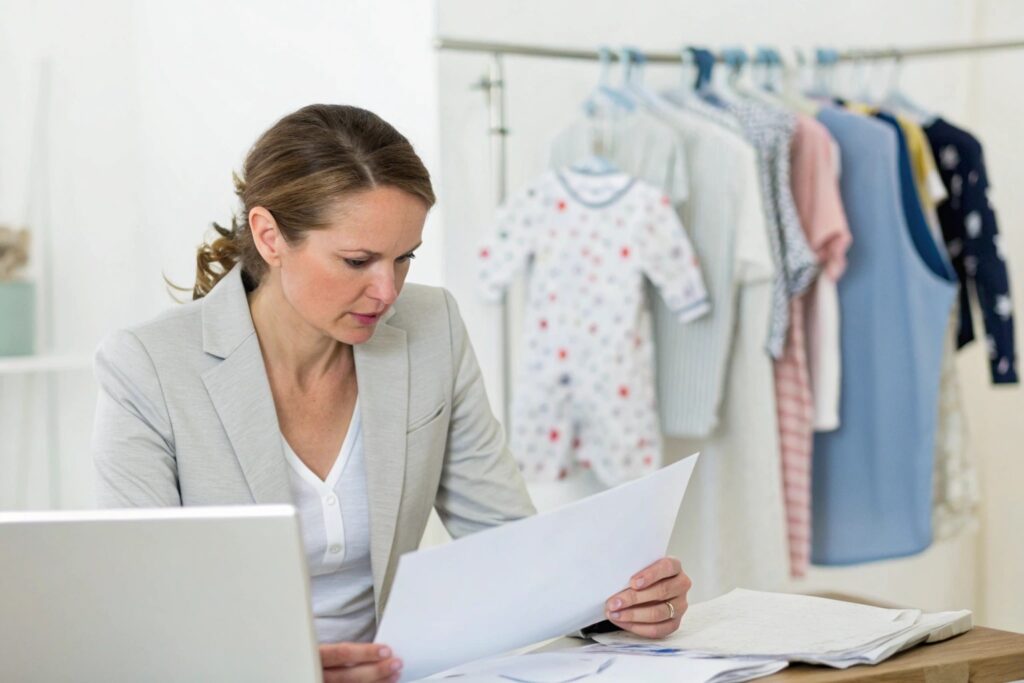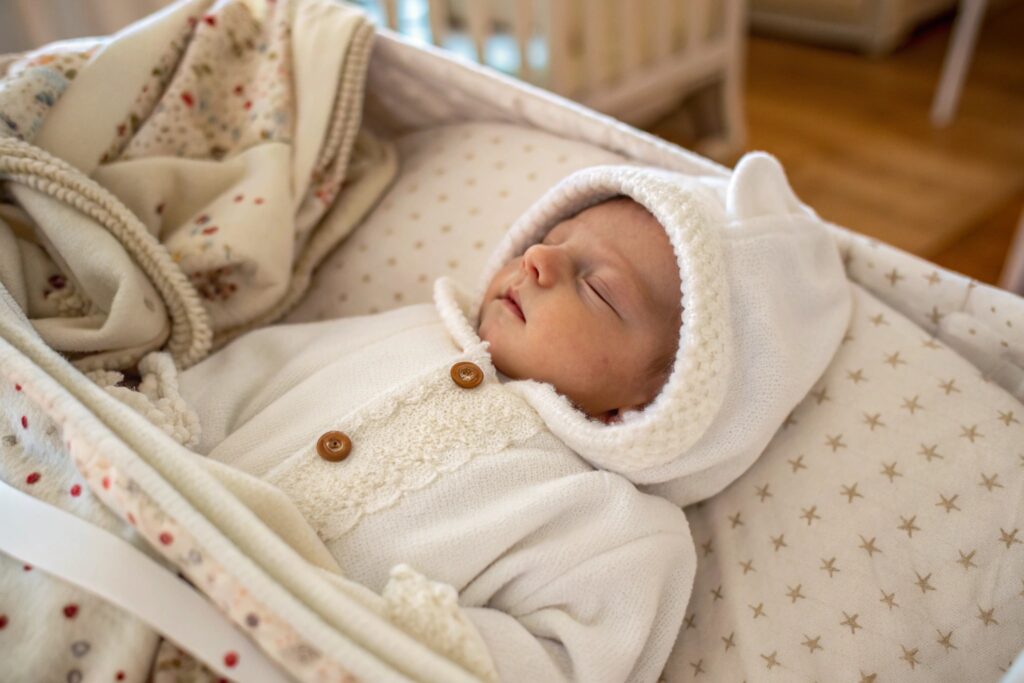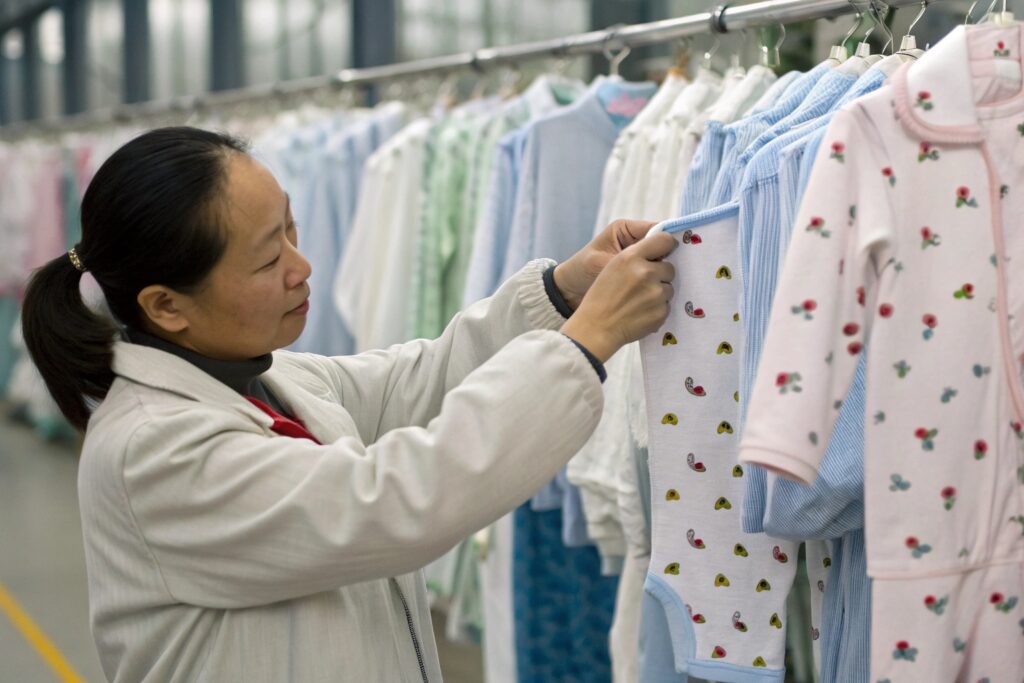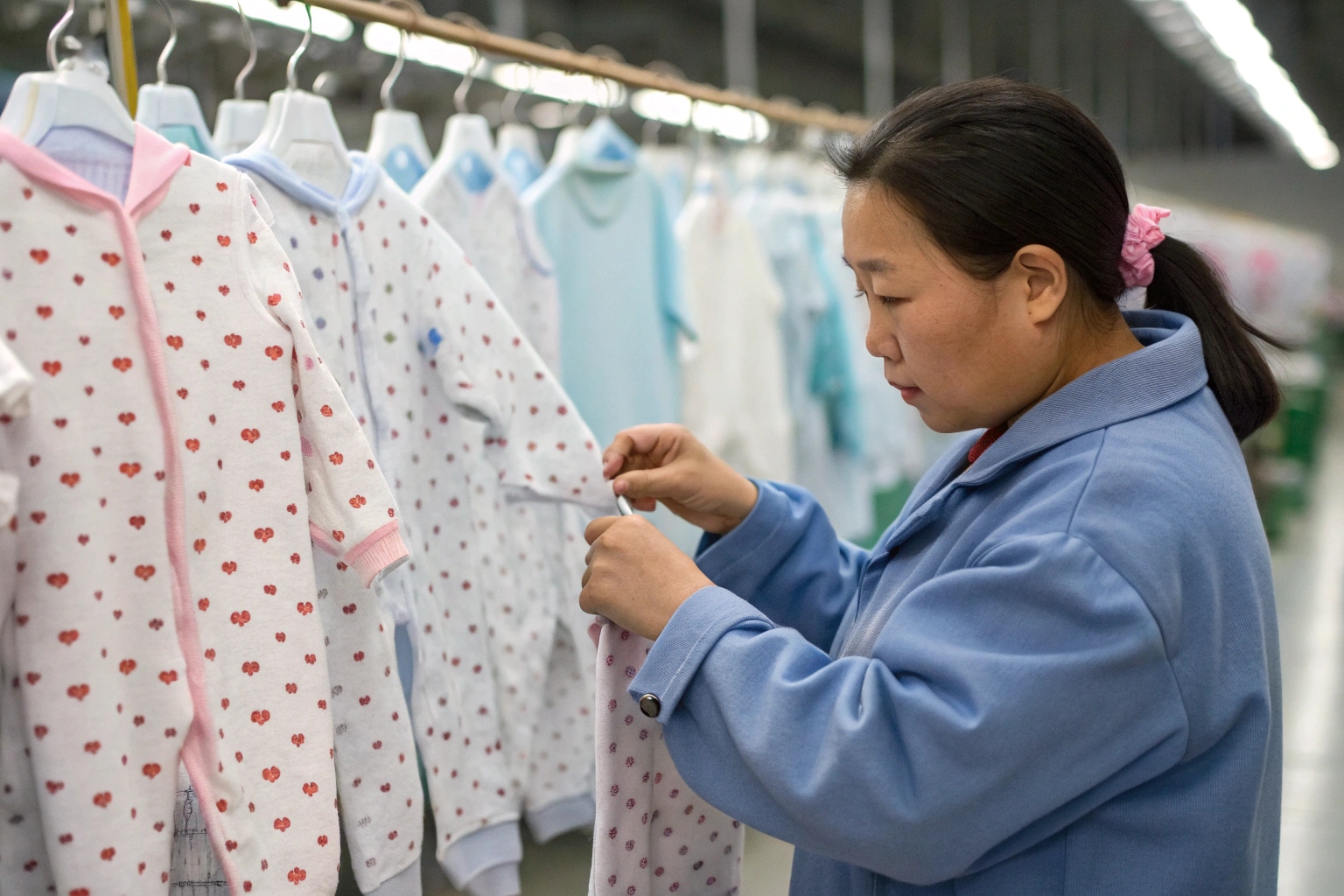Importing kidswear from China can be highly profitable—but only if you know how to navigate suppliers, compliance, shipping, and quality control carefully.
The best way to import kids garments from China is by sourcing from reliable manufacturers, ensuring full documentation and certification, managing logistics smartly, and maintaining strict quality checks before shipment.
Let’s walk through each step to import children’s clothing smoothly and successfully.
How to Find Reliable Kidswear Manufacturers and Suppliers?
Finding a trustworthy supplier is the foundation of any successful import plan—and not every factory advertising kidswear is built for compliance and quality.
The best way to find reliable kidswear suppliers is to research verified factories through trade shows like the Canton Fair, B2B platforms with audits, referrals, and direct factory visits if possible.

How to identify strong suppliers:
| Method | Why It Works |
|---|---|
| Visit trade shows (e.g., Canton Fair) | Meet pre-vetted manufacturers face-to-face |
| Use trusted sourcing platforms | Look for Gold Verified or Audited factories |
| Request certifications | OEKO-TEX®, GOTS, CPSIA compliance ensures kidswear safety |
| Ask for recent inspection reports | Shows commitment to quality management |
| Check export experience | Prefer suppliers with experience in the U.S. and Europe |
Red flags include:
- Factories that don’t know CPSIA or EN 14682 regulations
- No access to physical samples before confirming bulk orders
- Inconsistent communication or evasive answers
At Fumao, we offer sourcing support by pre-matching buyers with audited babywear factories to avoid unnecessary risks.
What Documents and Certifications You Need for Importing?
Kidswear isn’t just fashion—it’s a regulated category. Missing documents can mean border delays, fines, or even rejected shipments.
To legally import children’s clothing, you need commercial invoices, packing lists, Certificates of Origin, and compliance certifications (like CPSIA for the U.S. and CE labeling for Europe).

Key documents checklist:
| Document Type | Why It’s Needed |
|---|---|
| Commercial Invoice | Lists product value, needed for customs |
| Packing List | Details sizes, quantities, weight |
| Certificate of Origin (COO) | May reduce tariffs under trade deals |
| CPSIA Compliance Certificate | Required for U.S. children’s apparel |
| Test Reports (CPSIA, EN 14682, OEKO-TEX®) | Proves safety compliance |
| Bill of Lading (B/L) | Confirms shipping details |
If you sell online (like Amazon U.S.), you’ll also need:
- Tracking label documentation (for CPSIA)
- Product safety sheets (on request)
- Age grading tests (if making claims like "for newborns" or "for toddlers")
Make sure your supplier provides these or you arrange third-party testing before shipment.
How to Manage Shipping, Customs, and Duties Efficiently?
Shipping and customs are major pain points for first-time importers—but good planning minimizes delays and extra costs.
To manage logistics smoothly, choose the right Incoterms (like FOB or DDP), hire a licensed freight forwarder, and prepare for customs clearance with complete, accurate paperwork.

Best practices for shipping kidswear:
| Step | Why It Matters |
|---|---|
| Choose FOB or DDP wisely | FOB = you handle freight; DDP = supplier handles delivery |
| Work with a freight forwarder | Experts help with documents, clearance, cargo consolidation |
| Check duty rates in advance | Kidswear often has lower duty vs. adult clothes |
| Prepare customs documents early | Avoid shipment holds at port |
| Consider insurance for high-value shipments | Protects against loss or damage |
Important: U.S. imports of kidswear usually pay 0–16% duty, depending on fiber content (cotton, synthetic, blended).
European Union shipments must comply with REACH chemical safety standards in addition to textile labeling rules.
Tips for Reducing Risks and Ensuring Product Quality?
Even experienced importers can face surprises—product defects, shipment delays, or non-compliance fines. Prevention is the best cure.
Reduce risks by conducting pre-production sampling, hiring third-party QC inspectors, clarifying contracts in writing, and maintaining backup suppliers.

How to protect your imports:
| Risk Reduction Step | How It Helps |
|---|---|
| Approve pre-production samples | Catch errors before mass production |
| Book third-party QC inspection | Identify problems early at the factory |
| Include penalties for late shipment in contracts | Motivates supplier accountability |
| Specify fabric, trims, and packaging requirements clearly | Avoid “material switching” risks |
| Maintain 1–2 backup suppliers | Prevents stockouts if problems arise |
At Fumao, we provide inspection support and help buyers manage first-order risks by coordinating lab tests and factory audits before deposits are made.
Conclusion
Importing kids garments from China can be highly rewarding—but success depends on smart supplier selection, strict compliance, efficient logistics, and proactive quality control. With the right steps, you’ll build a safer, stronger, and more profitable supply chain for your children’s fashion business.










